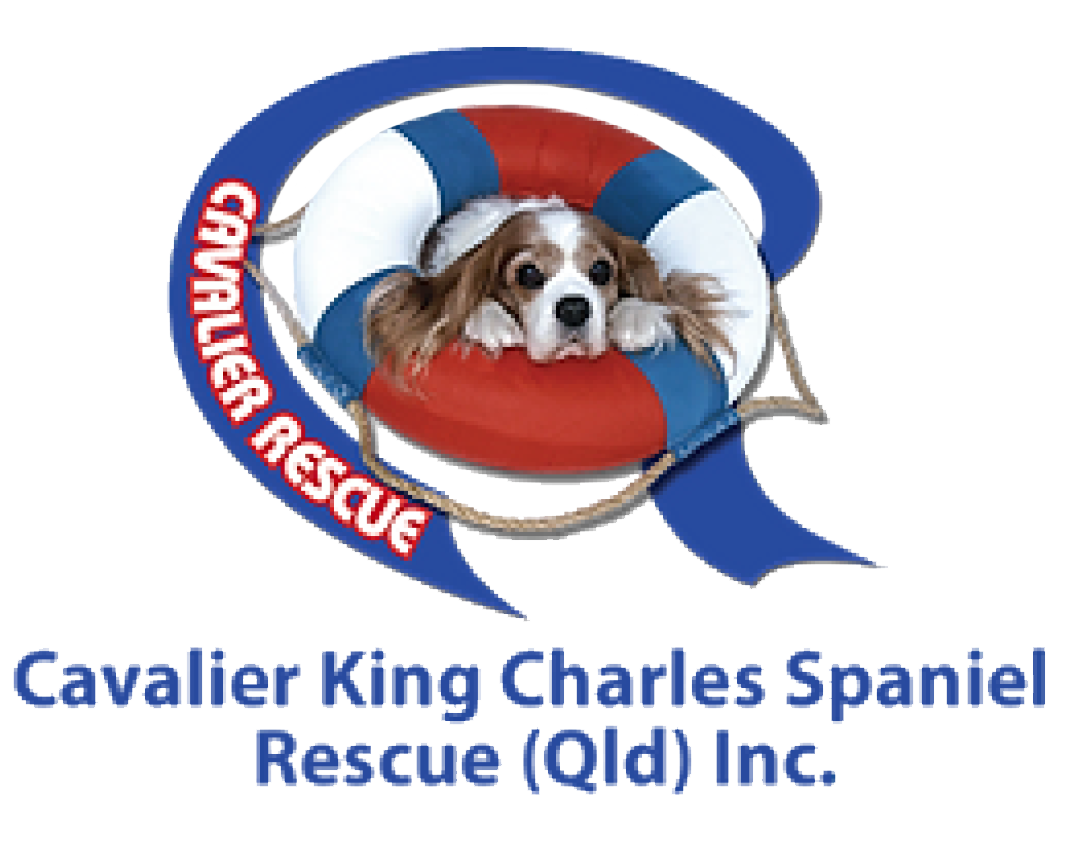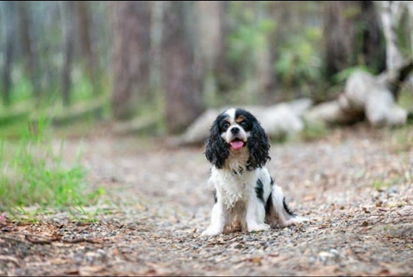All About Cavaliers
History of the Cavalier
Toy spaniels have featured since the 15th century in the Courts of Europe, and the Cavalier King Charles Spaniel became popular during the reign of Charles II in the 17th century and was named in recognition of the Cavaliers who supported him.
Late in the 17th century the Cavalier Spaniel’s appearance changed when it was interbred with flat-nosed breeds.
In 1926 a dog show class prize was offered by an American Rosswell Eldridge for the best Blenheim of the ‘old Charles II’ type as it was his dream to have the Cavalier breed standard revert to the longer nose of that era.
The Cavalier King Charles Spaniel and the King Charles Spaniel are often confused, however they are two different breeds. The King Charles Spaniel has, among other differences, a domed head compared with the Cavalier’s flatter head, and the King Charles has a flat nose compared with the longer nose of the Cavalier.
About the Breed
The Cavalier should be free moving, graceful, sporting, affectionate, absolutely fearless with a happy, non-aggressive, friendly nature. There should be no tendency to nervousness.
The coat should be long, silky, free from curl but with a slight wave.
The Cavalier’s head should be almost flat between high set ears. The ears should be long and feathery. The eyes are large, round or almond-shaped, very dark and not appear bulging. This gives the Cavalier a soft, sweet expression. The nose pigmentation is uniformly black with no pink speckles and the jaws should have a scissor bite ie upper teeth overlapping lower teeth closely.
Insert tabs of each colour with image




As with any other breed, not all Cavaliers meet the breed colour standard. Often the whole colours will have small amounts of white on them, and sometimes the parti-colours will not have a mask around the eyes. Despite these minor differences, the temperament of a loving nature, companionship and the mast-like wagging tail will be present in all Cavaliers unless they have come from an undesirable environment where they have been ignored or mistreated. With love and patience, even these Cavaliers will eventually become the wonderful companion you want at your side.
GET TO KNOW THE CAVALIER KING CHARLES SPANIEL
Discover everything you need to know about taking care of your Cavalier King Charles Spaniel, with our latest blog posts.








